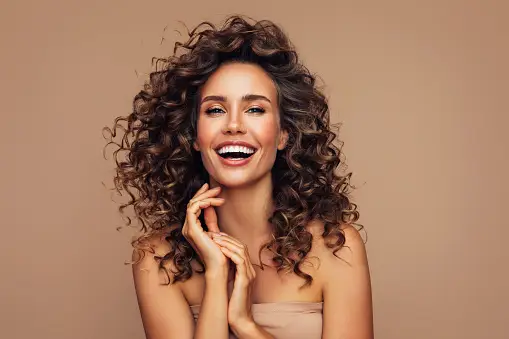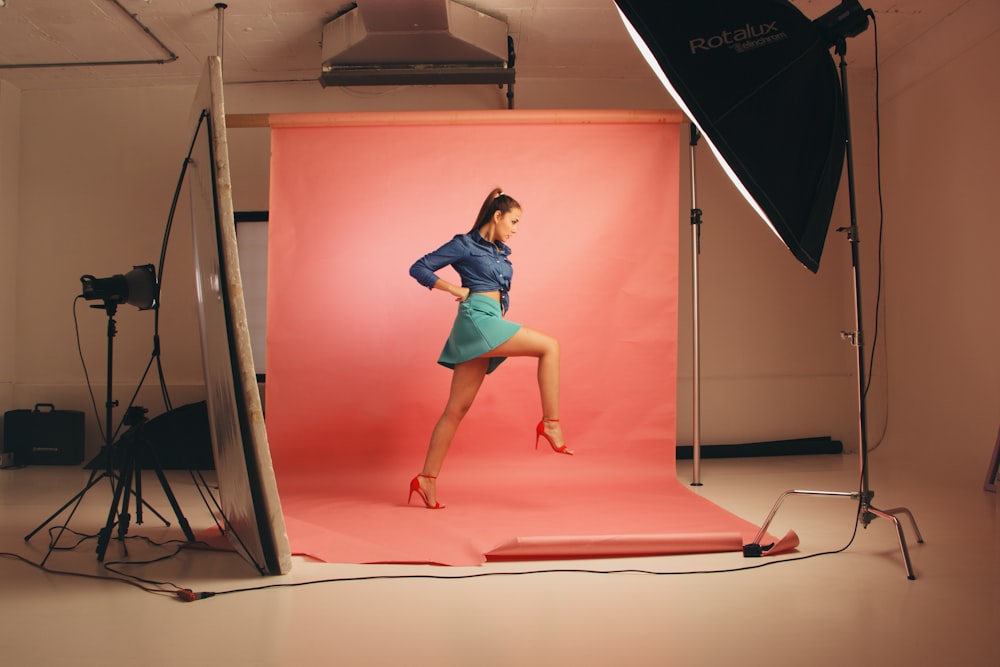Always Look Fantastic in Photos: Know everything
Everyone is curious in how to look better in photos. There are specific tips and tactics you can employ to ensure you always look your best, whether you’re attempting to expand your Instagram following or simply want to know how to look fantastic in images with your pals. Nowadays, posing for pictures is an art, and it’s not only for actors and super models. Check out these advices on how to look beautiful in pictures.
We’ve all been in front of the camera at some point, whether it was for a selfie, a friend’s wedding, or even our own wedding. Additionally, if you’ve ever looked at a photo of yourself and felt unattractive, then this blog post is for you.
Follow some of our straightforward advice on how to appear good in pictures if you anticipate ever having your picture taken.
Know yourself: look fantastic
IMAGE CREDITS: Unsplash.com
Look at pictures of yourself—both ones you like and ones you don’t—and decide why you look good or awful. Can you identify the variations? Maybe you’ve noticed that particular types of clothing or hairstyles make you look better. Additionally, you might not like how the camera catches you or discover that smiling makes you look lot better in pictures. Make a list of the things you enjoy and dislike so you can continue to look fantastic in pictures.
Practice your poses
It’s not simply for models to practice their most attractive grins and poses. You must practice if you want to learn how to be more photogenic. For the greatest angles, stances, and smiles, practice in front of a mirror or even a camera. Try out various angles and get comfortable with angling your body in positions you can repeat in front of the camera.
Wear splendid outfits: look fantastic
IMAGE CREDITS: Unsplash.com
In a photograph, your clothing can make a huge difference. You won’t look decent in pictures if you don’t dress to flatter your form. Choose colors that complement your skin tone and styles and cuts that suit your figure. The most crucial thing is to feel good in whatever you’re wearing because it will definitely show.
Consider carefully what you’ll wear for your photo shoot. To reduce unnecessary distraction, combine solid colors with striking graphics that aren’t very busy. Additionally, pay attention to how your clothing fits you. To guarantee that your garment suits your body form, make sure your sizing is accurate. Make sure you feel fantastic and at ease, and that it matches your sense of style.
Perfect matching make-up
Your photo can be made or broken by your makeup. A proper match for your foundation is crucial. A photo makes it very clear if something is overly light or dark. For blemishes and dark circles, use a concealer that matches your skin tone, and for your t-zone (forehead, nose, cheeks, and chin), choose a translucent powder to prevent your face from looking oily.
Focus on your eyes: look fantastic
There are several things you can do to assist make that happen; you always want your eyes to captivate viewers and serve as the main point in photographs. It’s imperative to wear mascara and curl your lashes. You get that glimmer because these two things make your eyes more open and enable lighter to enter them.
Your hair is the thing: look fantastic
IMAGE CREDITS: istockphoto.com
The last thing you want is for your hair to appear lifeless and flat in a picture. Avoid using too much hair product to prevent your hair from seeming wet and crunchy, control frizz, and flip your head over just before the photo to add volume (if your haircut permits it).
Wear a natural smile
It won’t appear nice if you’re trying too hard to grin in your pictures. Be careful to grin as naturally as you can. Think about something or someone that makes you happy while relaxing your face and jaw muscles and focusing your eyes. Also keep in mind that practice makes perfect. Before approaching the camera, practice your smile in the mirror.
Smiling with and without teeth: look fantastic
While it is more flattering for some people to grin without teeth, it is healthier for others. To determine which is best for you, try both in the mirror. Practice is essential if you decide to grin without teeth because it could not look like a smile at all.
Lightning effect
IMAGE CREDITS: istockphoto.com
It’s important to have good lighting, and using natural light is usually best. Make sure your blinds are open if you’re inside so the light can pour in. In order to get the greatest lighting for your selfie, turn around. Make sure the sun isn’t too bright if you’re outside. In your photographs, you don’t want to be squinting.
A few general pointers include avoiding standing directly under a light because it will cast strange shadows on your face. Because they are professionals, your photographer will be able to assist you with this, so pay attention to what they say. The ideal lighting for outdoor photography will be 15 to 20 minutes before and after sunset. Your photographer will always aim to position you in complete shade, unless it’s a cloudy day, to prevent mottled lighting and strange shadows.
Facing the camera: look fantastic
When it comes to posing for shots, your photographer will assist you, but generally speaking, we advise against facing the camera directly. You’ll always look better in images if you hold your body at an angle to showcase your features.
Control your chin: look fantastic
IMAGE CREDITS: Unsplash.com
Your face will appear lifted and more angular in photos where your neck is long and your chin is tipped slightly forward. Before your professional photo shoot, you might want to practice this to get comfortable holding your chin in that posture.
USEFUL LINKS:
See some more tips to look amazing in your photos
Find perfect location for your photoshoot with our guide

